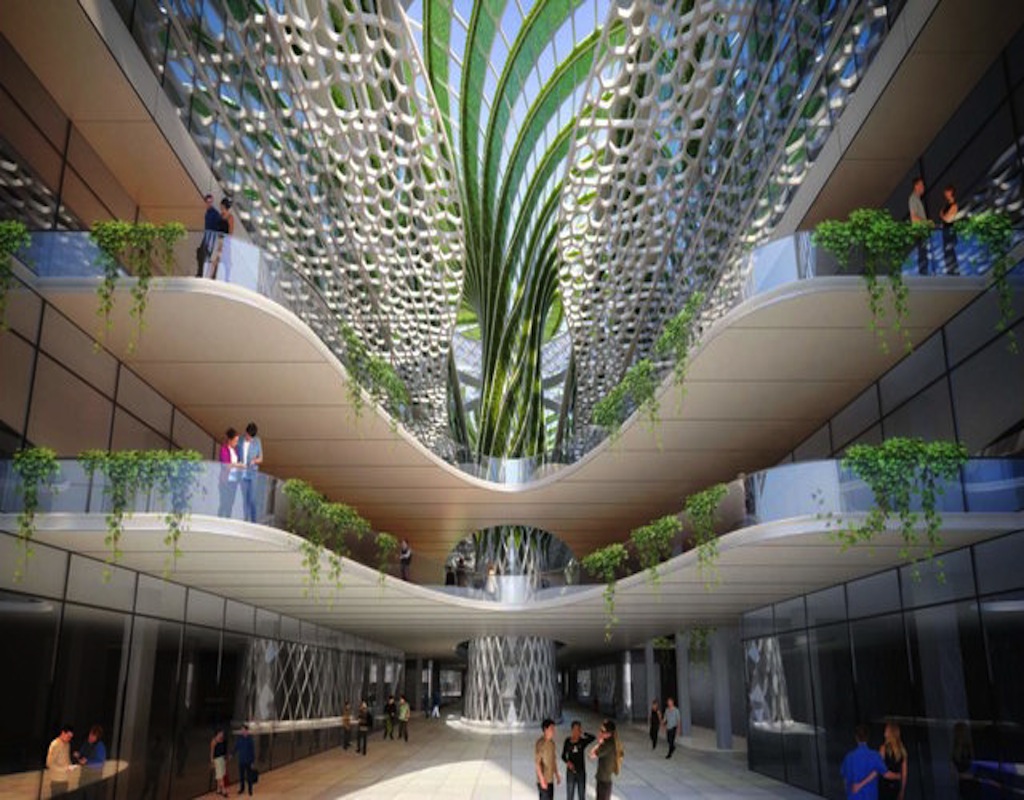A high number of advertisements and promotional campaigns have been on the rise in Egypt to market gated high-end communities, yet their economic and architectural sustainability remains questionable. Private real estate companies build 50,000 to 60,000 houses annually. However, most of these units do not get sold, according to a statement by the Chairman of the Real Estate Development Chamber told to Al Ahram. In an effort to provide Egypt’s growing population with affordable but environment-friendly housing, several government and private organizations have been working on building sustainable architecture. New path to sustainable projects The Housing and Building National Research Center (HBRC) is building a new headquarter in New Cairo for the Ministry of Environment by end of 2018. HBRC is a center affiliated to the Egyptian Housing Ministry and is known for developing architecture design methods and studies on potential eco-friendly projects, among other goals according to their official website. Chairman of HBRC Khaled El Zahaby spoke with Egyptian Streets about the project that will be located in New Cairo, a city in the southeastern edge of Cairo. He mentioned that the center received construction permits this month, whereas development…
Can Egypt Perpetuate a Prosperous Future in Sustainable Architecture?
October 26, 2018



